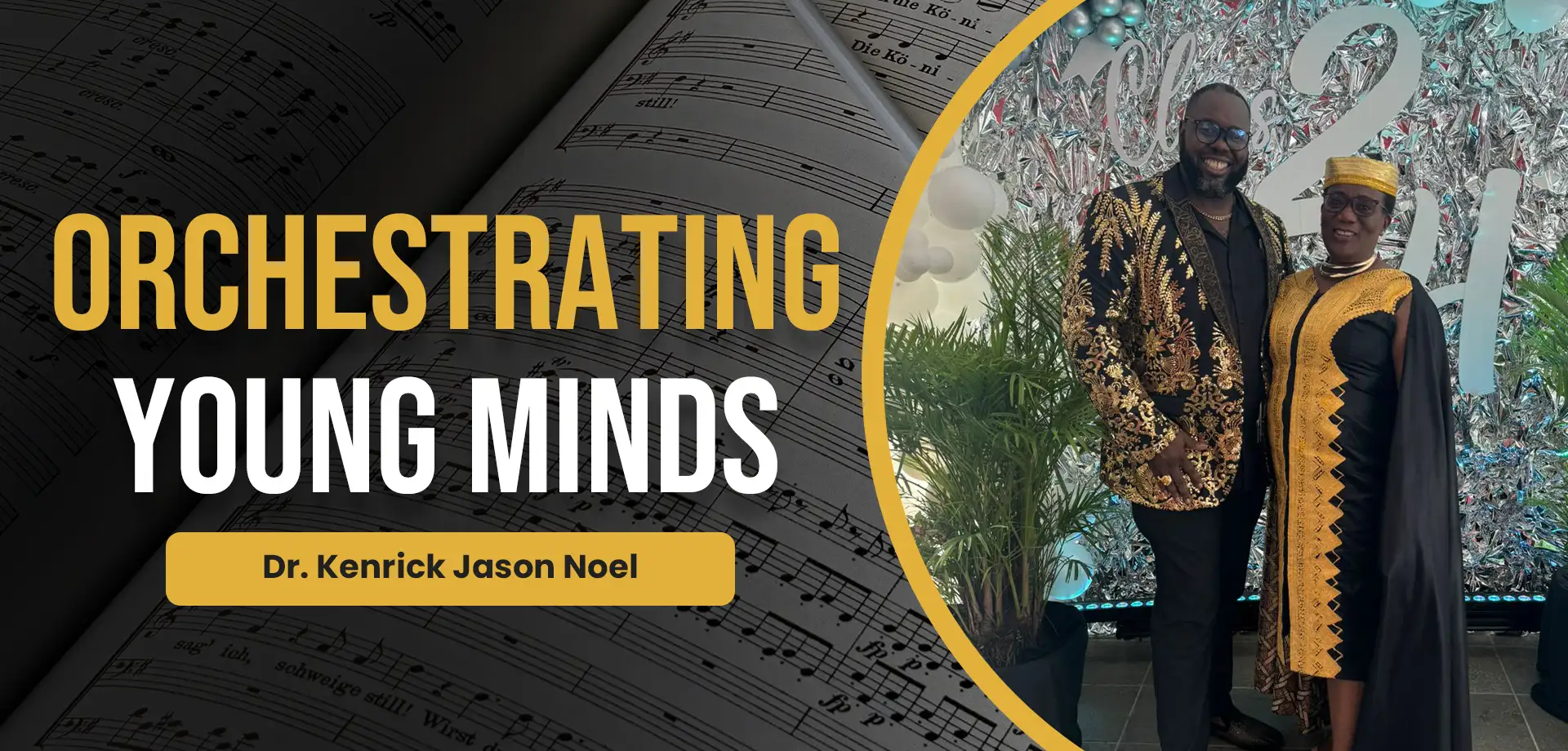
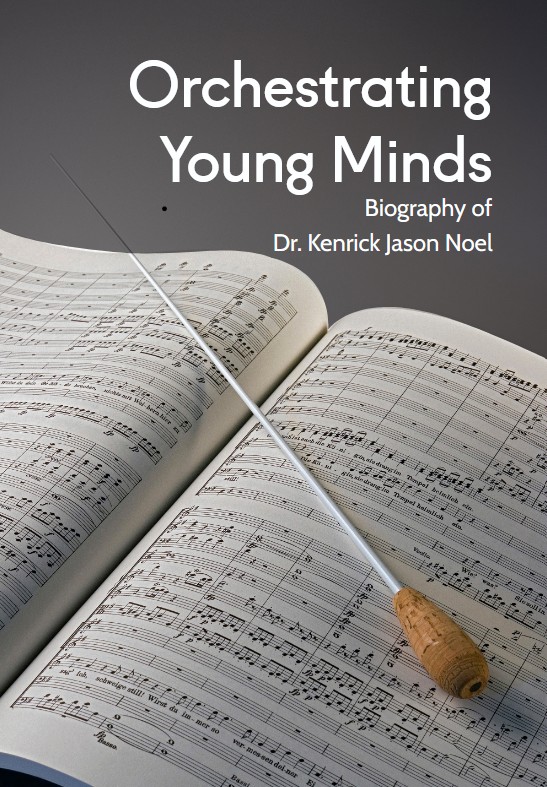
“When passion becomes a purpose and service becomes a song, life transforms into a legacy that lives all eternity long.”
Introduction
To introduce Dr. Kenrick Jason Noel is to unveil a life that beats with rhythm, breathes with faith, and flows with a commitment to excellence. He is not simply a teacher, musician, or coordinator—he is a vessel through which passion becomes purpose, and purpose becomes processes of pride.
Born with a melody in his spirit and a mission in his soul, Dr. Noel has spent his life translating the language of music into a legacy of leadership and longsuffering. His journey from humble beginnings in Trinidad and Tobago to the stages, classrooms, and conference halls across the Western Hemisphere is a story of perseverance, precision, providence, and purpose-driven perfection.
This biography chronicles more than his accomplishments—it reveals the heart behind the discipline, the inspiration behind the baton, and the faith behind the footsteps. From his years as a dedicated educator at Mason Hall Secondary School to his dynamic roles in cultural coordination, district leadership, and international adjudication, Dr. Noel has never strayed from the call to serve, uplift, and inspire.
In these chapters, you’ll discover the man behind the music—the son who honors his parents’ sacrifices, the teacher who empowers young minds, the conductor who brings harmony to communities, and the believer who sees every stage as a sanctuary.
This book is both a celebration and a charge: a celebration of one man’s extraordinary contribution to education, culture, and spirituality—and a charge to every reader to find their own rhythm and lead a life of purpose.
Let the story begin — in cadence, in courage, and in consideration.
Phase 1 : The Sound of a Begining
“Music gives a soul to the universe, wings to the mind, flight to the imagination, and life to everything.”
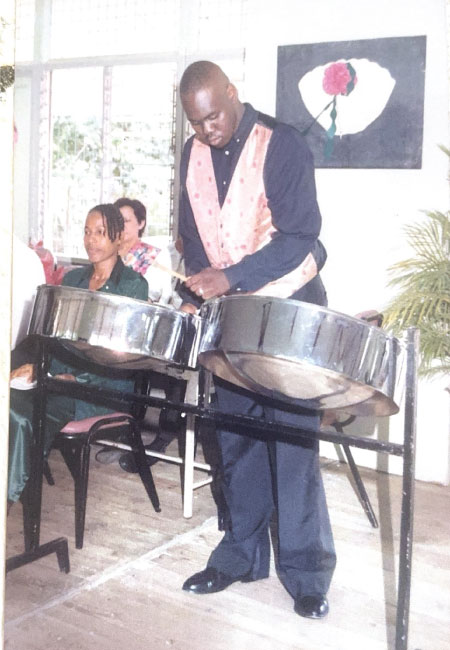
In the lush, culturally charged town of Arima, nestled at the foothills of the Northern Range in Trinidad, life moved to a rhythm as natural as the breeze that rustled the trees or the chatter of bustling markets. It was in this vibrant cradle of heritage and sound that Dr. Kenrick Jason Noel was born — a child destined not just to listen to music, but to live it, shape it, and become one with it. From the very first breath he took, the world around him was alive with melody — a cosmic overture setting the stage for a life orchestrated by divine rhythm.
Born to Fenwrick St. Michael Noel, affectionately known as “Michigan,” and Marie-Louise Kerr-Noel, lovingly called “Virlyn,” Dr. Kenrick came into a household grounded in values, warmth, and deep cultural roots. His parents, pillars of strength and grace, were unknowingly nurturing not just a son, but a conduit of creative expression. They cultivated in him a sense of wonder, discipline, and integrity — qualities that would later harmonize beautifully with his artistic calling.
Even in his earliest memories, Dr. Kenrick recalls being captivated by the symphony of everyday sounds. Long before he could read sheet music or identify musical scales, he could sense rhythm in the chirping of birds at dawn, the pattering rain on a galvanized rooftop, and the pulsing cadence of steelpan, djembe and tassa drumming drifting through his neighbourhood. Music was not just a background to his life — it was his life. He didn’t simply hear it; he felt it in his bones, in his breath, in the silent space between his thoughts.
The Steelpan, Trinidad’s national musical instrument and a global symbol of resilience and innovation, became his earliest muse. Its notes seemed to speak directly to his young spirit, echoing truths he had not yet learned to articulate.
The distinctive metallic resonance, born out of struggle and ingenuity, stirred something eternal within him. To most, the steelpan was a musical marvel. To Dr. Kenrick, it was a calling — the first whisper of destiny gently nudging him toward a lifelong mission of cultural ambassadorship.
His education at the Arima New Government Primary School, then onto the Arima West Government Primary School, which preceded the Arima Government Secondary School and later the Arima Senior Comprehensive School provided the foundation for both intellectual and artistic development. But for Dr. Kenrick, education was never confined to textbooks and timetables. His true classroom was the world around him — the streets of Arima alive with parades and cultural, energies, the church pews vibrating with gospel harmonies, the schoolyard where he tapped out beats withe pencils on tabletops. Every environment was an opportunity to observe, absorb, and improvise.
Phase 2 : Steelpan and Scholarship
“The beautiful thing about learning is that no one can take it away from you.”
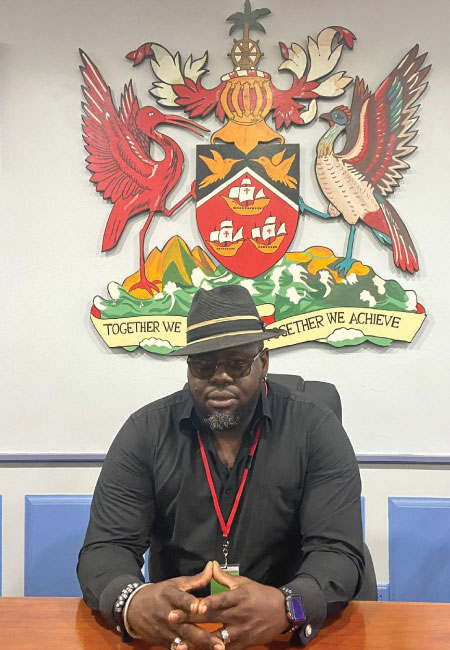
As childhood gave way to adolescence, Dr. Kenrick Jason Noel stood at a threshold — one foot firmly planted in the vibrant cultural soil of Arima, Trinidad, the other stepping into the boundless world of possibility. His heartbeat, long in rhythm with steel and soul, now pulsed with an even deeper urgency: to understand, to preserve, and to elevate the very art form that had shaped him. The humble boy who once tapped rhythms on school desks now found himself summoned by scholarship, ready to carry his culture across borders, classrooms, and concert halls.
With the encouragement of his family and community — especially the unshakeable support of his parents, “Michigan” and “Virlyn” — Kenrick set his sights beyond the shores of Trinidad and Tobago. His journey would take him to the sunlit campus of Florida Memorial College (FMC) (now Florida Memorial University) and the forever winter of Northern Illinois University (NIU) in the United States. Here, among students from diverse backgrounds and musical disciplines, he stood out not only for his talent, but for his cultural mission: to raise the Steelpan to the global stage with honour and academic rigor.
Dr. Kenrick’s decision to pursue a Bachelor of Arts in Music, with a concentration in Steelpan Performance at FMC, and a Master of Arts in Music at NIU, were both radical and reverent. It was radical because few institutions at the time embraced Steelpan as a formal academic instrument. It was reverent because it honoured generations of Trinidadian ingenuity — from the discarded oil drums of Port of Spain’s working-class communities to the evolution of the Steelpan as a symphonic powerhouse.
This was not just education — it was redemption and revolution wrapped in melody. Unfortunately, due to his father’s sudden illness Dr. Kenrick has to return home to Tobago in lieu of completing his degree at NIU, to be at his father’s side until his death in February 2006.
At Florida Memorial, Kenrick became more than a student. He became an ambassador — for his country, for his culture, and for the Steelpan itself. Each time he rolled his mallets or (steel) pansticks across the gleaming steel instrument, he did so with intention. His performances were not just recitals; they were sermons of sound, teaching audiences about the Caribbean’s struggle, resilience, and artistic excellence.
His international scholarships were reflections of merit, yes — but it was also a signal that the world was beginning to listen. The Steelpan, once viewed as a fringe or folkloric novelty, was now commanding attention in academic halls. And in those halls, Kenrick J. Noel stood at the forefront, not only mastering the instrument but elevating its stature.
Phase 3 : The Educator’s Baton
“Education is the most powerful weapon which you can use to change the world.”
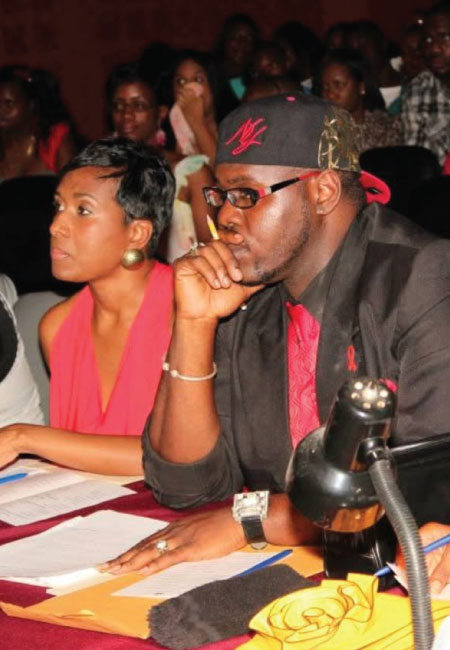
When Dr. Kenrick Jason Noel stepped into the classroom at Bon Air Government Primary School in September 2002, it was not just the start of a teaching job — it was the ignition of a lifelong mission. With a quiet but commanding presence and eyes filled with purpose, Kenrick entered that space not just as an instructor of music but as a conductor of futures, wielding an invisible baton capable of stirring minds, touching hearts, and orchestrating lives.
In those early days, the classroom was a blend of concrete floors, adolescent energy, and youthful chaos. But in Dr. Kenrick’s hands, it became a sanctuary. Here, the clatter of desks became percussive beats, the hum of teenage voices turned into harmony, and discipline was redefined — not as control, but as rhythm. He believed that just like in music, every student had a note to contribute — a role to play — in the grand composition of life.
At Signal Hill Secondary School in Tobago, Dr. Kenrick quickly proved himself to be more than just a music teacher. Appointed as a Form Master, he assumed pastoral and paternal responsibility over a cohort of students — guiding them academically, emotionally, and personally. He was not content with the confines of the syllabus. He taught students to dream, to express, to believe — sometimes through the vibration of the Steelpan, sometimes through a quiet conversation in the corridor. To many, he became a second father, a moral compass, a patient listener.
His involvement extended far beyond the music room. He was active on event planning committees, helped coordinate school cultural programmes, and was a fixture at assemblies and outreach initiatives. He understood that education was a holistic enterprise, and he brought that understanding to every corner of the school’s life.
But change was on the horizon. By July 2005, an opportunity arose that would deepen and diversify his educational impact: the post of Teacher III (Secondary) at Mason Hall Secondary School. Accepting it meant not just a change in institution, but a broadening of scope. It was here that Dr. Kenrick’s journey as an educator would achieve a new crescendo.
When Dr. Kenrick arrived at Mason Hall Secondary, he did so with the maturity of experience and the fire of innovation. He didn’t work at the school; he tuned it, like an instrument — listening first, then gradually refining, elevating, and harmonizing. What began as a role in music education quickly expanded into a multifaceted symphony of service, with Kenrick at its helm. He was quickly dubbed “Sir. Noel” by his students as a sign of their recognition and appreciation of his service to them. This nickname has become his medal of valour which he wears with pride both on and off the school compound for the last twenty-plus years. To him, this is his greatest reward!